
Rhetorical Devices:
A HANDBOOK AND ACTIVITIES FOR STUDENT WRITERS
Senior Editor:
Paul Moliken
Editor:
Douglas Grudzina
Writer:
Brendan McGuigan
Reviewing Teachers:
Sharon M. Ammon, English Department Chair
Memorial High School, Houston, TX
Kathleen Carr
Peter Glaser
Cover and Text Design:
Maria J. Mendoza
Layout and Production:
Jerry Clark

2007 Copyrighted by Prestwick House, Inc.
All rights reserved. No portion may be
reproduced without permission in writing from
the publisher. Revised 2008.
Printed in the United States of America.
ISBN: 978-1-935466-57-4
Pronunciation Guide
atrack
mate
father
care
epet
be
ibit
bite
ojob
wrote
port, fought
proof
upun
full
you
purr
about, system, supper, circus
oitoy
ththin
 there
there
zhVision
Rhetorical Devices
Allusion (a loo zhin)
Amplification (mp li fi k shun)
Anadiplosis (an di pl sis)
Analogy (a nal j)
Anaphora (a naf r )
Antanagoge (an tan g j)
Antithesis (an tith sis)
Aporia ( pr )
Apostrophe (a pos tr f)
Asyndeton ( sind tn)
Chiasmus (k az ms)
Climax (kl max)
Conduplicatio (kn dp l kat )
Distinctio (dis tinksh )
Enumeratio ( n mr t )
Epistrophe ( pis tr f)
Epithet (ep i thet)
Eponym (ep nim)
Exemplum (ex zem plum)
Hyperbaton (h pr b tn)
Hyperbole (h pr b l)
Hypophora (h p f r)
Litotes (l t tz)
Metabasis (met b sis)
Metaphor (met for)
Metonymy (m tn i m)
Parallelism (pa r lel iz m)
Parataxis (pa r tax is)
Parenthesis (p ren th sis)
Personification (per son i fi k shun)
Polysyndeton (p l sin d tn)
Procatalepsis (pr kat lep sis)
Rhetorical Question
Sententia (sen ten sh )
Simile (sim i l)
Symploce (sim pl s)
Synecdoche (si nek d k)
Understatement
Zeugma (zg m)
INTRODUCTION
What is Rhetoric?
In reading, speaking, or writing, rhetoric is a tool that enhances composition; its aim is to persuade, to inform, to express a personal thought, or simply to entertain the reader. What the formal study of rhetoric allows us to do is isolate exactly what it is weve done so that in the future we can do it again for a similar effect. Rather than haphazardly casting words on the page, letting our vague expectations guide us, we can carefully construct our writing, effectively using the rhetorical devices we have learned.
Although there are literally hundreds of figures of rhetoric, ranging from anadiplosis to zeugma, some are so rare that you are unlikely to run into them, while others, such as hyperbole and metaphor, are so common that it is rare to see a newspaper article or hear a speech in which they are not frequently used. For our purpose we will consider 33 of the most useful rhetorical devices.
Keep in mind, howqever, when using figures of rhetoric, it is important to make sure you are helping your cause, rather than hindering it. A misused form, or a form used in an inappropriate place, can act as an obstacle to your readers, breaking the flow of your argument or actively confusing them about your meaning.
Rhetorical Devices that Help with Strategy
As a writer, youll want to use rhetorical devices to help strengthen the strategy of your paper. Some of these devices are meant as transitional tools, to help you move seamlessly from one portion of your essay to another, while others are meant to help you present your evidence or information as strongly as possible. Still others help link the entire essay together, making it cohesive and intentionalcharacteristics valued by the scorers of large-scale writing assessments.
Rhetorical Devices that Help with Style
Whereas strategy and organization are the walls and foundation of an essay, style is the decoration, much like the paint, the wallpaper, and the furniture one might place in a house. Your style will say a lot about your personality and will also reveal your attitude toward the subject and your attitude toward the reader. It can mean the difference between an essay that people read once and forget, or one you clip out of a magazine or newspaper and read over and over. Poor style might mean that no one will ever read the entire essay. It can also mean the difference between a clear, lucid argument, and one that is almost impossible for the reader to understand. Therefore, the stylistic devices that you choose will have a powerful effect, one way or another, on the reception that your writing receives.
EXAMPLES OF RHETORICAL PITFALLS
One of the most useful and versatile rhetorical devices is the metaphor. A metaphor connects one subject with another that may not be obviously related. When used correctly, it allows the writer to do this in a way that is both stylistically pleasing and concise.
The following quotation has been edited and altered so that it includes a misused metaphor. It is from Pope John Paul II, discussing the Nazi Holocaust and the long-lasting impact it has had on Europe:
Here, as at Auschwitz and many other places in Europe, we are overcome by the echo of the tears of so many. Men, women, and children cry out to us from the depths of the horror that they knew. How can we fail to heed their cry? No one can forget or ignore what happened. No one can diminish its scale.
Note that a metaphor is introduced in the first sentencethe idea of the past at Auschwitz and other death camps echoing down through the ages. However, it is then immediately connected with a subjecttearsthat cannot echo. This problem is commonly referred to as mixing metaphors, and using metaphors in this way can cause your reader a great deal of confusion or hilarity, which does not serve the subject. At the very least, it can break the flow of a good metaphor by introducing an impossible image that your reader cant correctly visualize.
Another commonly used rhetorical device is parallelism. This device connects parts of a sentence, or longer pieces, by using the same structure throughout. Parallelism is often used to build force through repetition. It is commonly found in political speeches, as well as religious texts such as the Bible. The benefits of well-used parallelism can easily be lost, however, by failing to properly match the form between each element.
Look, for example, at the following quotation from President George W. Bush, talking about his old friends from Texas and the importance they hold in his life:
I like my buddies from west Texas. I liked them when I was young, I liked them when I was middle-age, I liked them before I was president, and I like them during president, and I like them after president.
Next page
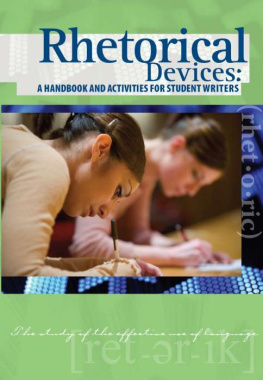

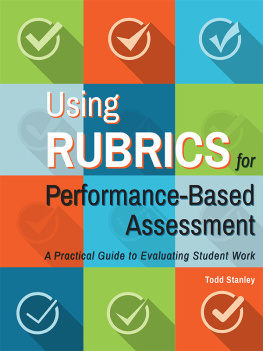
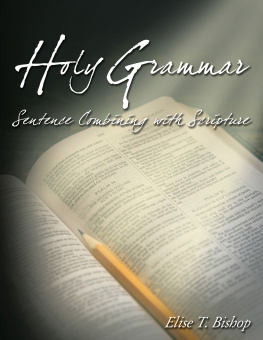
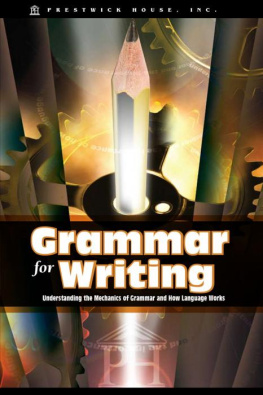
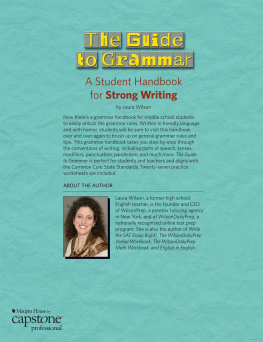
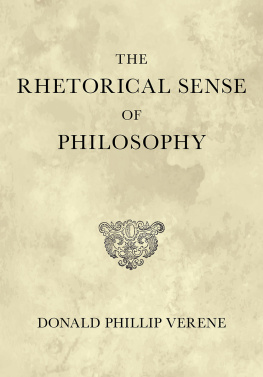
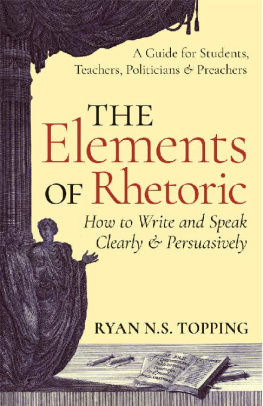
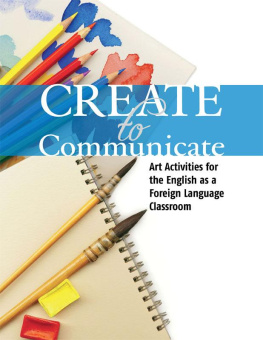



 there
there